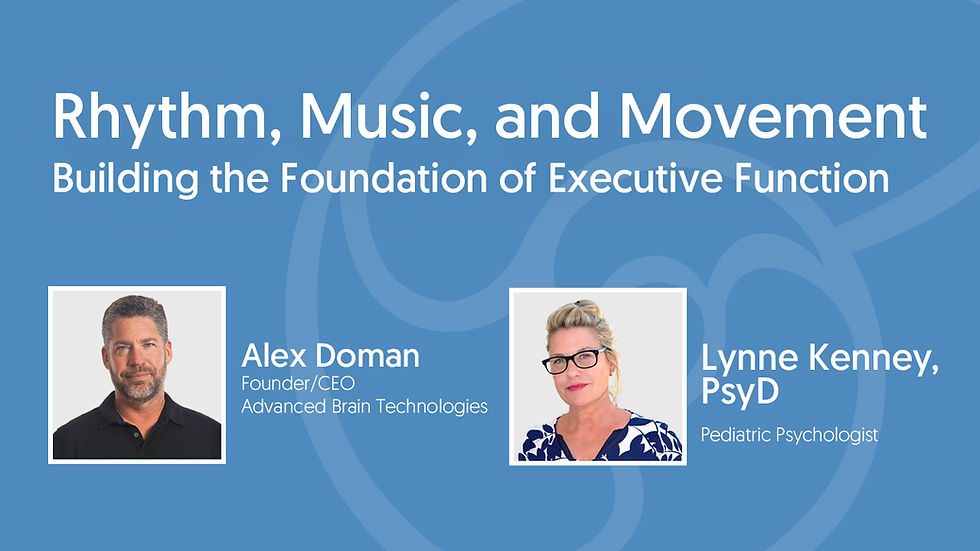30+ Physical Activity Programs + Resources for Parents, Teachers, Principals & Clinicians
- drlynnekenney

- Mar 12, 2022
- 2 min read
Updated: Jan 27, 2023
We know that physical activity is beneficial for health, stress reduction, social relationships, and cognition. Yet, our children are often not meeting daily physical activity goals. Obesity-related illnesses are on the rise as are anxiety, depression, and stress-related conditions in children and adolescents. As a pediatric psychologist and cognitive interventionist with a master’s degree in physical education, I am dedicated to improving cognition, health, and social-relationships among our youth.
The Centers for Disease Control and Shape America recommend frequent movement and active play throughout the day for 3-5-year-olds and 60 minutes of moderately vigorous physical activity daily for students ages 6-17 with heavy work three days per week to build brain and body health.
Recommended Levels for Preschool-Aged Children (ages 3 through 5 years)
Preschool-aged children (ages 3 through 5 years) should be physically active throughout the day for growth and development.
Adult caregivers should encourage preschool-aged children to be active when they play.
Recommended Levels for School-Aged Children and Adolescents (ages 6 through 17 years)
Children and adolescents ages 6 through 17 years should do 60 minutes (1 hour) or more of moderate-to-vigorous intensity physical activity each day, including daily aerobic – and activities that strengthen bones (like running or jumping) – 3 days each week, and that build muscles (like climbing or doing push-ups) – 3 days each week.
This is an era in which we are best to be moving more. For all students, we recommend at least one hour of vigorous physical activity or active play per day, accompanied by movement breaks every 20-60 minutes depending on the age and needs of the child. Using standing desks, flexible seating, and yoga ball seats help our students build foundational core strength and balance central to health. Since our bodies re-regulate throughout the day, movement can help children maintain alertness as well as a sense of calm. Active play, rhythmic movement, art, music, and meditation are activities we can also add throughout the day to help children self-regulate.
For children with sensory overload, ADHD, dyslexia, anxiety, dyscalculia, dyspraxia, and neurodiversity I recommend our students do coordinative-beat-based rhythmic activities for 3-5 minutes at a time every 20 minutes or 45 minutes (depending on the student) to alert the brain, stimulate executive functions, reduce stress, and provide opportunities for self-regulation. Movement movement opportunities also aid in reducing anxiety and depression while enhancing self-esteem, mastery, relationships, and social cohesion.
Here are some resources I curated for our students and educators. CLICK on the program name to go to the resource page for each program, organization, or service.
Together, we can improve the trajectory of students’ learning with art, music, physical activity, and movement.








Table of ContentsExcitement About RealtorAll about RealtorNot known Factual Statements About Realtor The Realtor IdeasRealtorIn the age of Zillow, Trulia, as well as Redfin, it's very easy to think that you do not need a Realtor to assist you offer your house.Invercargill escorts